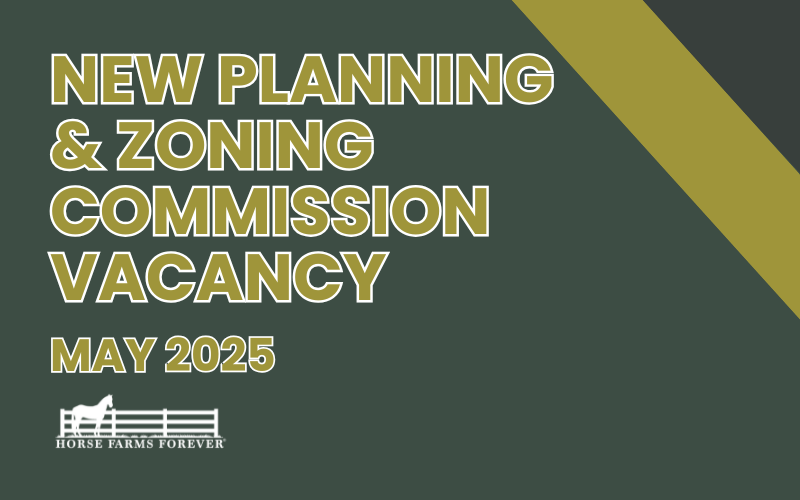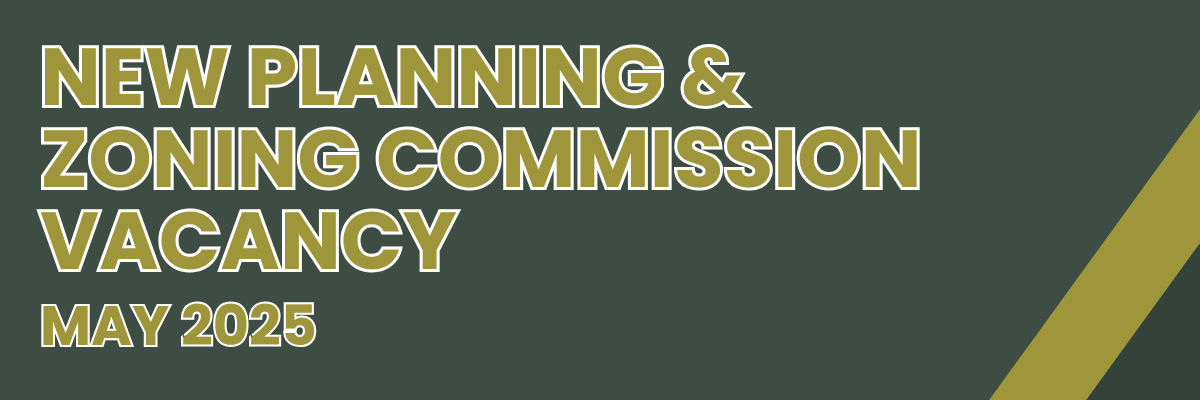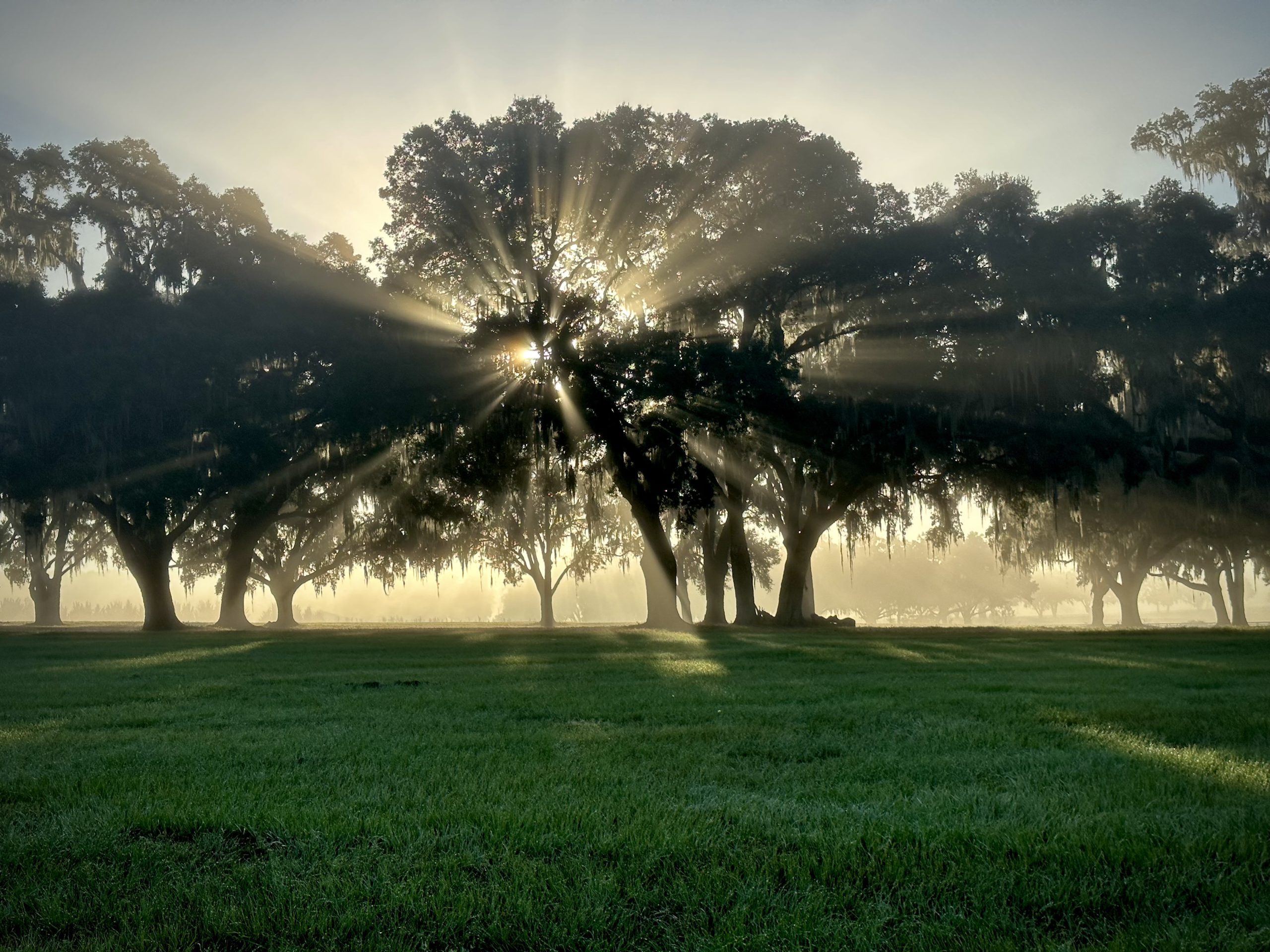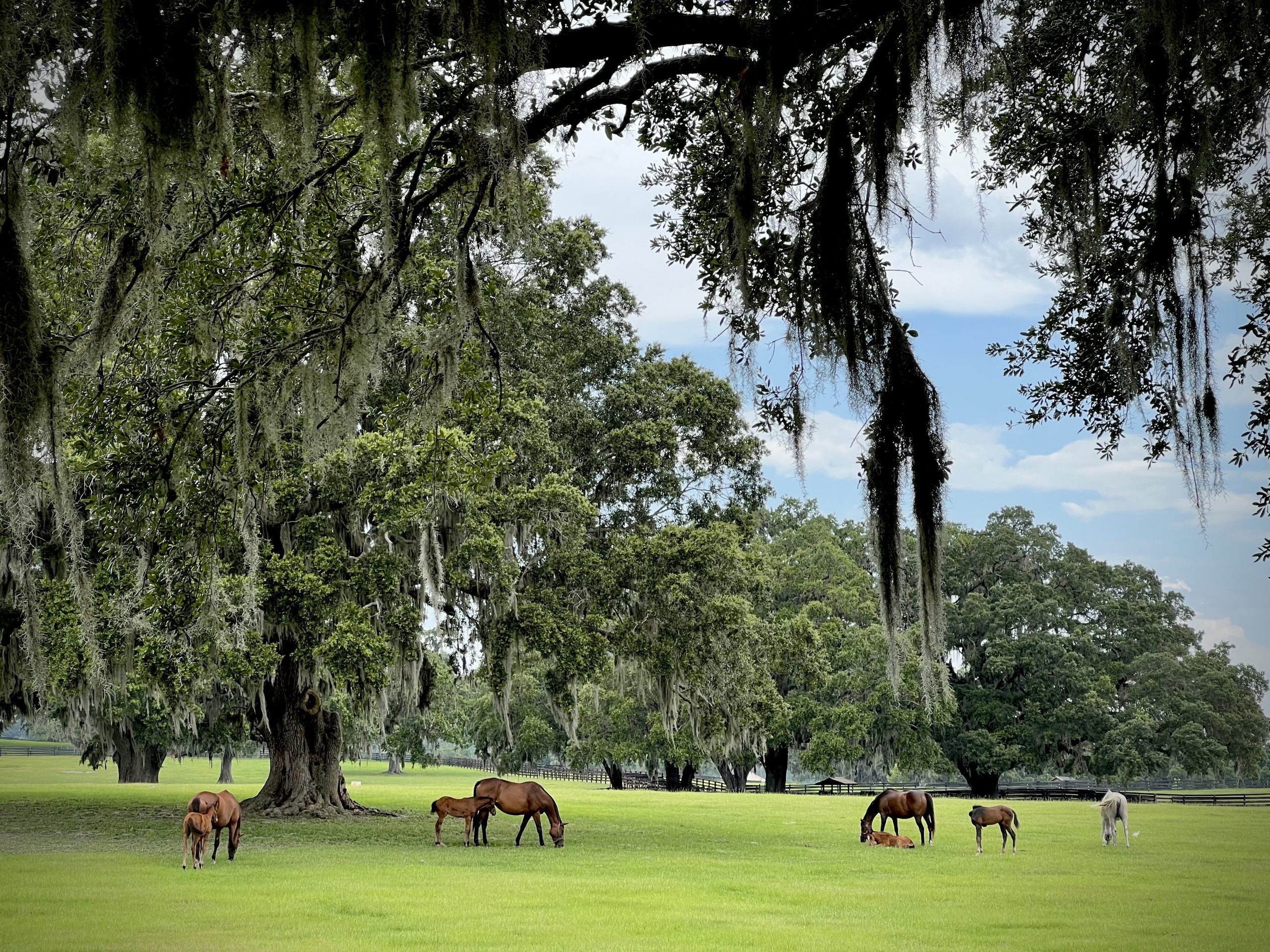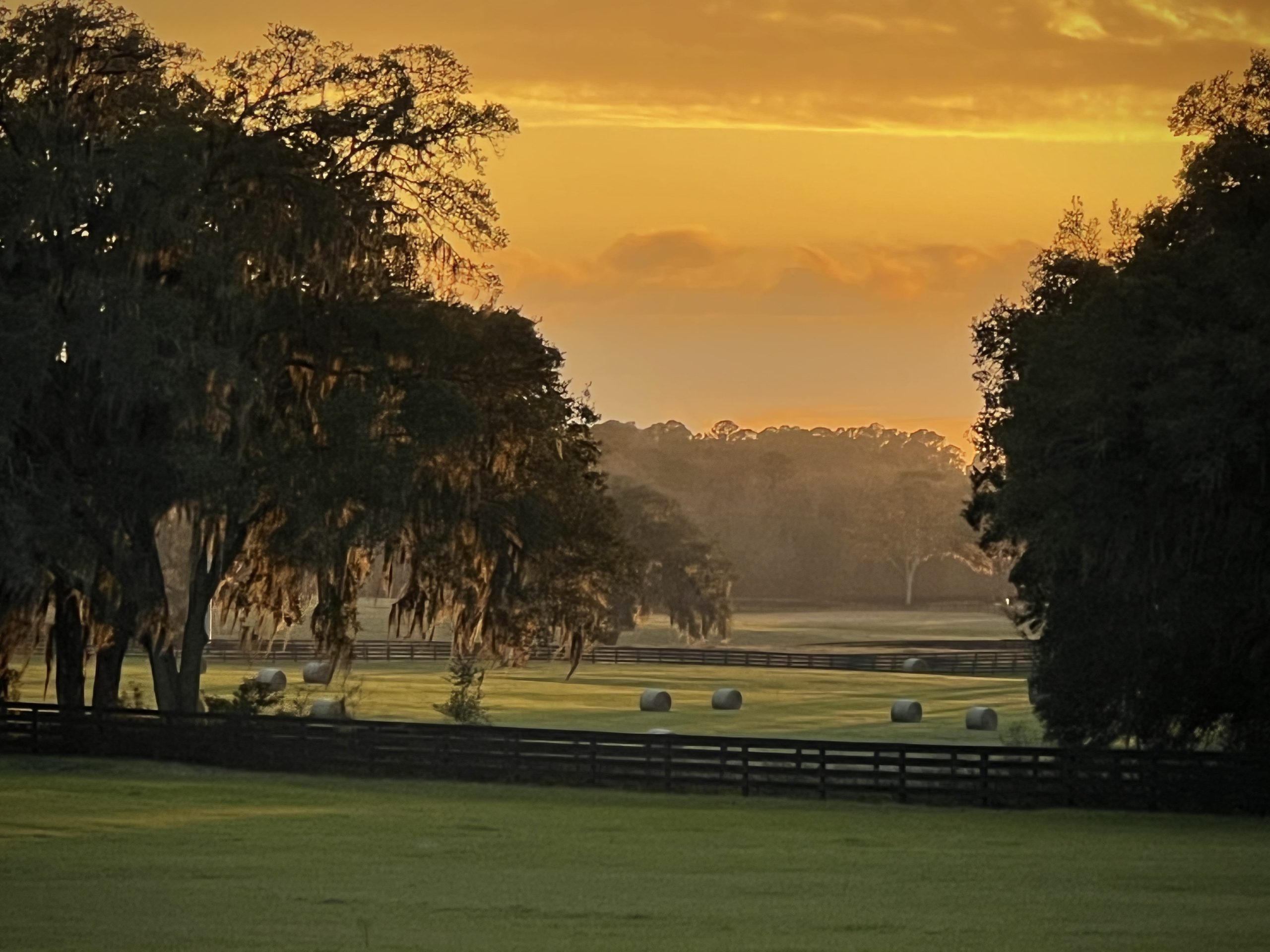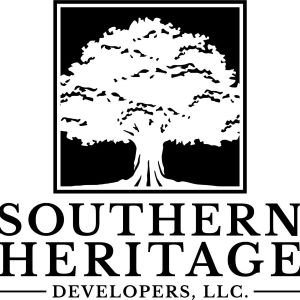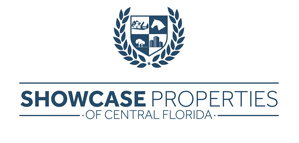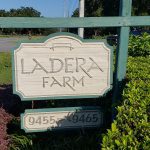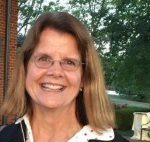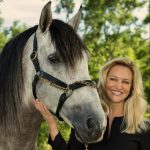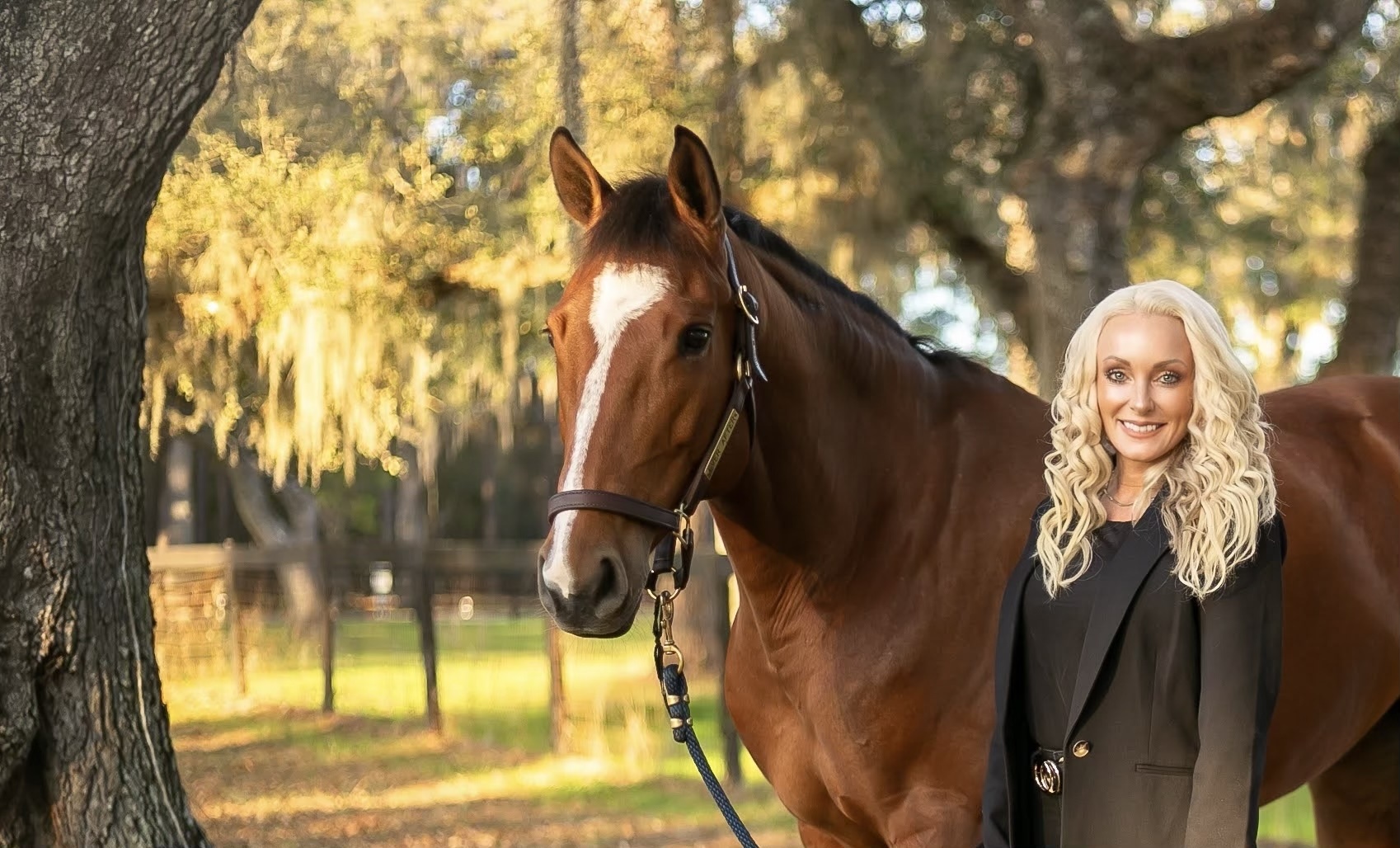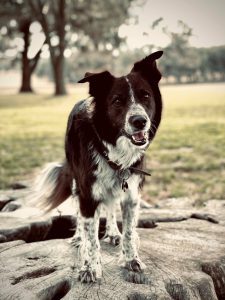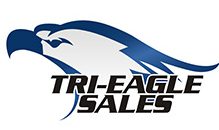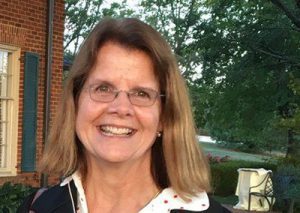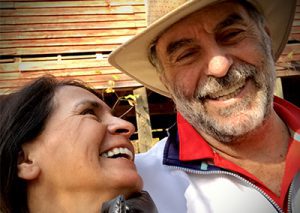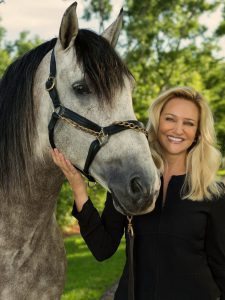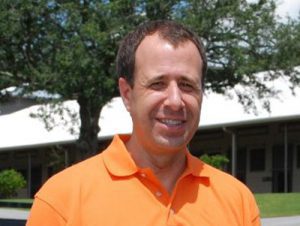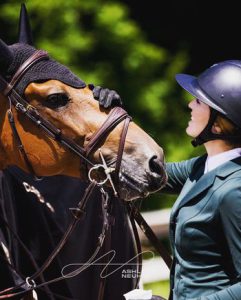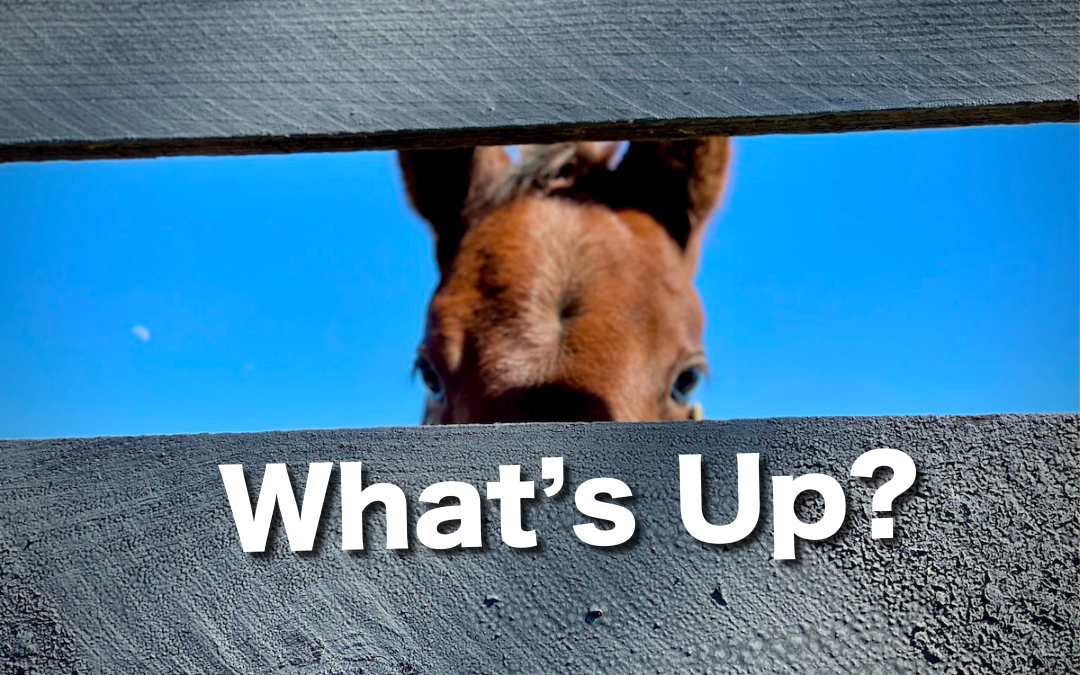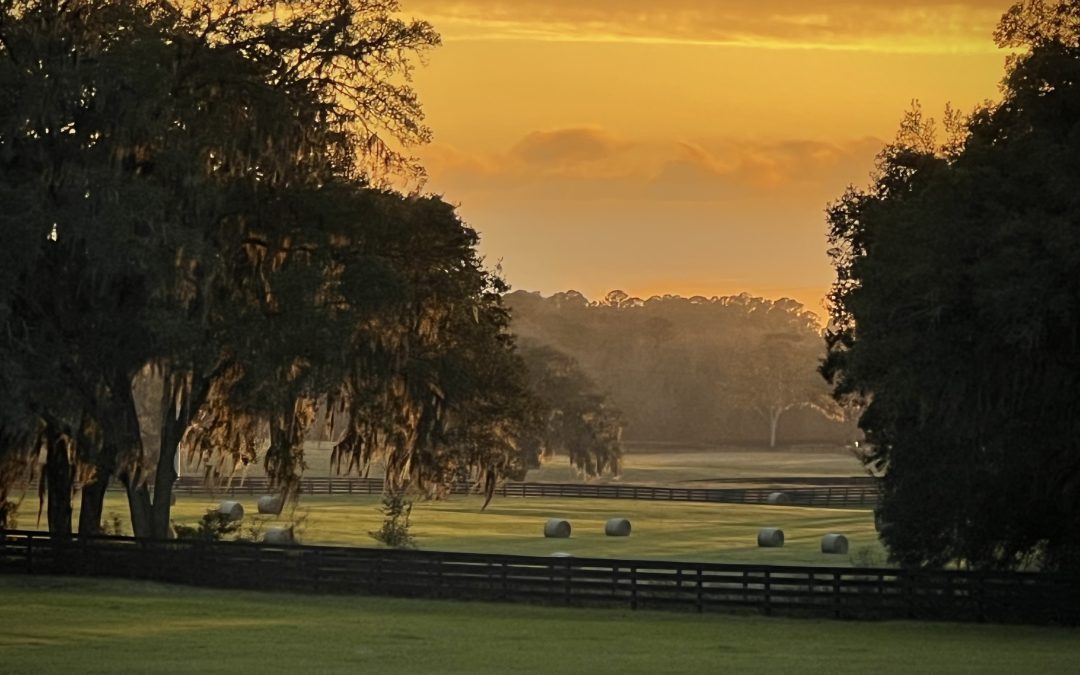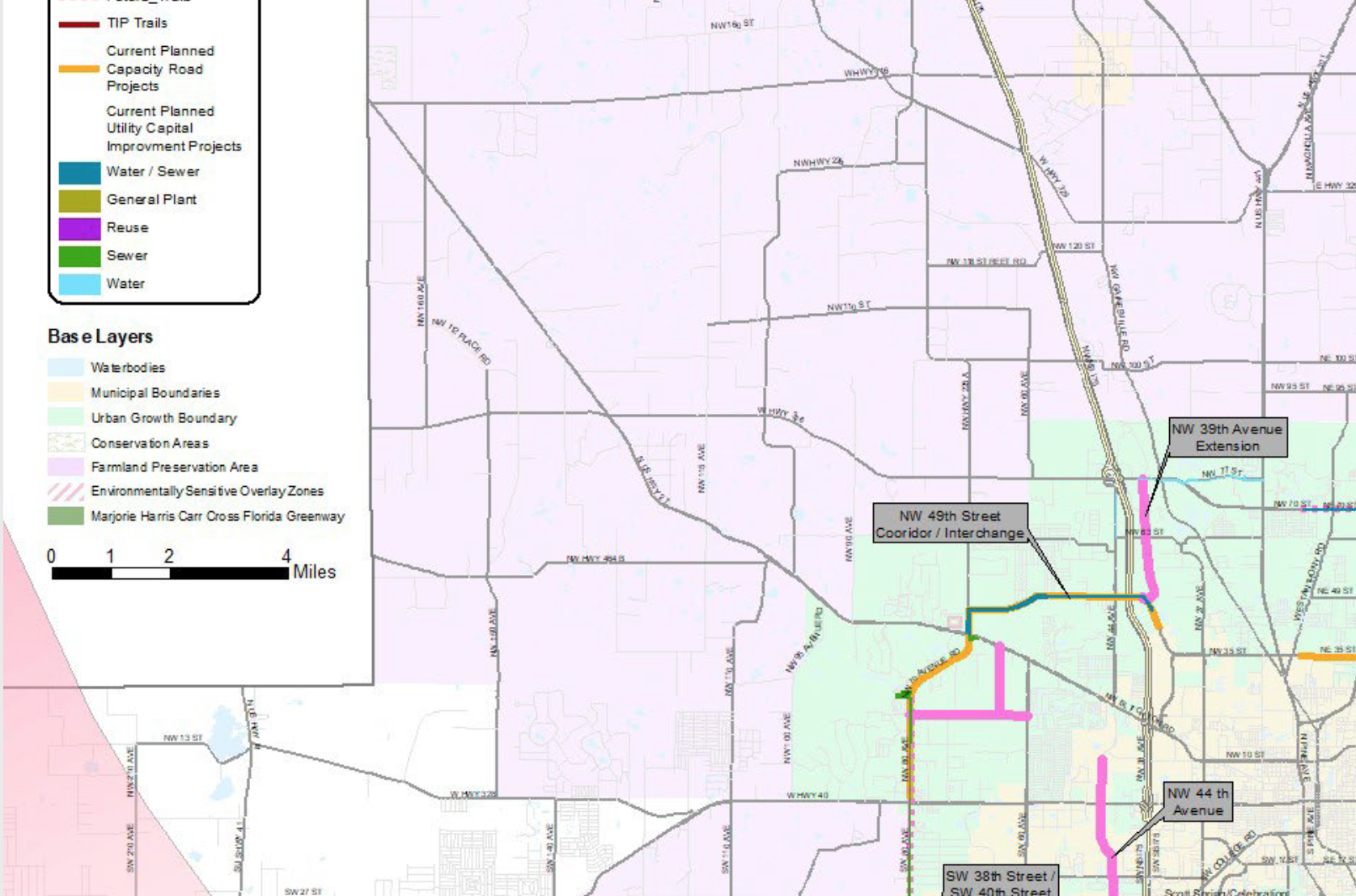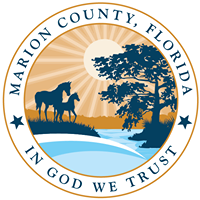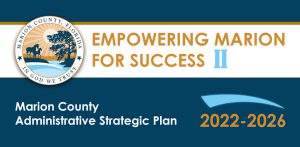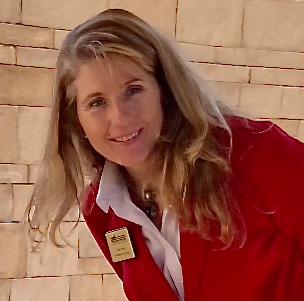We Are On A Mission!
A mission statement describes an organization’s reason for existence; it sets the course for the organization. Like a ship without a rudder, an organization without a mission statement can be easily blown off course.
The Horse Farms Forever® mission statement reads –
It is the vision and mission of Horse Farms Forever® to inspire conservation of horse farms through education, awareness and idea exchange so as to preserve natural pasture land focusing on horses and their habitats, to protect soil and water on which they depend, and minimize land use conflicts in Marion County, Florida.
When HFF® takes a position on a development or transportation matter, the first consideration is how does this position align with our mission statement. The next consideration is whether this matter deals with a compatible land use and is concurrent with the Marion County Comprehensive Plan.
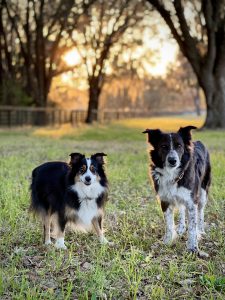
In our watchdog role, if a development or roadway is proposed that affects horse farms in the rural area and especially in the Farmland Preservation Area, the HFF® staff gathers the facts, attends the meetings, contacts county staff and the developer, confers with our professional counselors, then prepares a draft position paper for our board of directors. Our nine directors then study the position paper and supporting documents and a meeting is held to review the recommendation of the HFF® staff. The board then makes a determination as to whether taking a position on the matter aligns with our mission statement, and further if the proposed matter is a compatible land use and concurrent with the Comprehensive Plan. The board then formalizes our position. That position is either opposition, neutral, support or no position depending on the circumstances. All formal positions taken by HFF® are posted to our website.
Over the 4 years since our inception, HFF® has taken just 9 formal positions – 2 regarding roadways and 7 regarding development. Of those 9 formal positions – 4 were in support, 3 were in opposition and 2 were neutral. Please refer to our website for the position papers. Here are 3 real-world examples of those different positions.

Opposition
In 2020, a developer applied for a land use change and special use permit to allow an ATV racetrack and drag strip in rural Flemington inside the Farmland Preservation Area. The HFF® board deemed taking a position on this application aligned with our mission statement and further deemed the proposed land uses incompatible with the surrounding area and not concurrent with the Comprehensive Plan, which states, “…the Farmland Preservation Area is intended to encourage preservation of agriculture…. The County establishes this area as critical to the enhancement and preservation of its designation as the Horse Capital of the World®”. HFF® launched an aggressive grassroots media campaign to encourage the County Commissioners to deny the application, which they did.
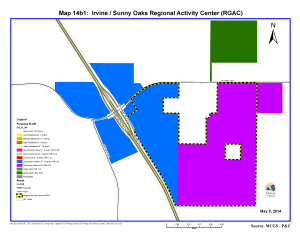
Neutral
In 2022, the owner of a 453-acre parcel inside the Irvine/Sunny Oaks Regional Activity Center (RGAC) adjacent to the Highway 318 interchange on I-75 applied to rezone the property from Agriculture to Planned Unit Development. This interchange includes a Future Land Use Element designation in the Comprehensive Plan that includes an Employment Center, a Commerce District and a RGAC. While this parcel is within the Farmland Preservation Area boundaries, these Future Land Use designations sit on top of and override the Farmland Preservation Area restrictions. Also, this parcel was granted the correct land use designation for this zoning request a decade ago.
The owner of this 453-acre parcel has a legal right to rezone this parcel from agriculture to an implementing zoning district for the specific Future Land Use designations. While the requested zoning change is to Planned Unit Development, there are other options that would satisfy the legal obligation of the County to rezone the property to an implementing zoning district. Nonetheless, they all allow significant retail, commercial and industrial development.
With the existing land use designation on this parcel and its location inside an Employment Center, a Commerce District and a RGAC, the end use of this parcel would never be a horse farm. For these reasons, the HFF® board stayed true to its mission statement and took a neutral position on the zoning application.
The HFF® position was limited to the specific zoning request on the 453-acre parcel and did not address the surrounding land. While it is unfortunate that a decade ago the county allowed the Future Land Use change for this 453-acre parcel as it surrounds legacy homestead properties, this action is virtually impossible to undo.
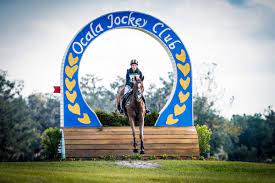
Support
In July of 2021, Golden Ocala Equestrian Lands (GOEL) purchased the Ocala Jockey Club (OJC) property and other adjoining parcels. In September of 2021, GOEL asked HFF® to review and support their planned application to change the land use designation on the OJC to the WEC Rural classification. As a hotel and RV park were included in the plans, this would require a small-scale Text Amendment to the Comprehensive Plan.
The HFF® board deemed that taking a position on this request aligned with our mission. The board further deemed that the proposed land uses were compatible with the surrounding land uses and concurrent with the Comprehensive Plan. Here is why:
The first part of our mission statement as stated in our by-laws reads:
It is the mission of Horse Farms Forever® to inspire conservation of horse farms through education, awareness and idea exchange so as to preserve natural pasture land focusing on horses and their habitats.
While the OJC has lots of natural pasture land, virtually none of it was used for horses or horse farms. There were a few horses in a barn near the training track, but otherwise it was 1,000 acres of empty pastureland. The equestrian events at the facility were few and far between (years). The GOEL proposal of clustering 94 horse farms on 300 acres to allow over 600 acres of open pastureland for a world class equestrian event facility for multiple disciplines that would also preserve and enhance the existing 4-star cross-country course for eventing seemed like smart planning. Also, GOEL predicted that numerous buyers of the lots would purchase more than one lot; therefore, the total number of farms would be even lower, perhaps by a third.
The HFF® board deemed the GOEL proposal for the WEC Jockey Club would do more to inspire the conservation of horse farms and preserve natural pasture land for horse farms in this specific area than anything HFF® could have ever done on its own. This is the right type of economic development to help horse farm owners maintain their property as horse farms.
The second part of our mission statement as stated in our by-laws reads:
It is the mission of Horse Farms Forever® to protect soil and water on which horse farms depend.
The OJC property was for sale for years and because of the size of the parcel the only viable buyer seemed to be a developer – either residential or potentially commercial. The OJC property is at the I-75 exchange with Highway 318 and borders an Employment Center, a Commerce District and the Irvine/Sunny Oaks RGAC where millions of square feet of commercial/industrial space are planned. That makes the OJC property a high-profile target for a commercial developer with deep pockets (for example, Tesla, Apple, Microsoft). Even a residential developer could put one-hundred 10-acre farms on that OJC property. That would equal hundreds of septic tanks, which are a poor solution to dealing with waste. The same is true for hundreds of individual water wells. It’s just not economically feasible for a developer of 10-acre farms in that region to provide common water/waste utilities.
The opposite is true for the GOEL proposal, which has the economic model to support a community water/waste system. HFF® deemed the requirement for GOEL to install a common water system and state-of-the-art waste treatment plant on the property as the best way to protect soil and water in the area for future generations of horse farms.
The third part of our mission statement as stated in our by-laws reads:
It is the mission of Horse Farms Forever® to minimize land use conflicts in Marion County, Florida.
On the OJC parcel, because of the size of the parcel and surrounding properties, the HFF® board took the position that the proposed uses were compatible with the surrounding uses and concurrent with the Comprehensive Plan. With the combination of the existing lime rock mine to the south, the existing Chi University campus to the west, the existing high-density and expanding RV park to the east, and the pending development of the I-75 interchange that includes an Employment Center, a Commerce District and a RGAC with millions of square feet of commercial and industrial space just a stone’s throw to the east, allowing a hotel and the RV park inside the grounds of the WEC OJC complex was deemed a compatible land use. The hotel and RV park will reduce the amount of traffic on Highways 318 and 225 by lowering the number of trips in and out of the facility.
Thus, the HFF® board answered the question … does supporting this Golden Ocala Equestrian Lands request for the small-scale Text Amendment regarding the WEC Rural land use, including a hotel and RV park, on the Ocala Jockey Club property align with the HFF® mission statement and the Comprehensive Plan? Yes.
In September of 2021, the HFF® board voted to support the GOEL request with conditions. Those conditions included requiring the Text Amendment to the WEC Rural land use to be used exclusively for the OJC parcel. Also, HFF negotiated the removal of the B-2 zoning on the iconic Plumley and Crupi horse farms that front on US Highway 27, right at the southern entrance to the Farmland Preservation Area on US 27. The HFF board deemed this B-2 zoning on these horse farms as a high priority incompatible land use. GOEL agreed to the conditions, giving up millions of dollars in business and development land value.
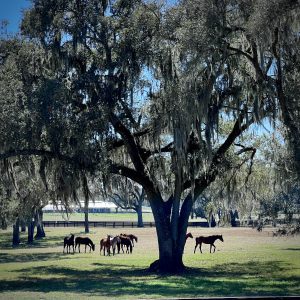
The FPA Is Home
The 9 directors of Horse Farms Forever® are all Marion County horse farm owners and coincidentally all their farms are in the Farmland Preservation Area. In all matters, the board works hard to stay true to our mission statement. That includes well-defined strategic and marketing plans to implement that mission. We remain true to our watchdog role by being present and heard while attending thousands of hours of government and industry meetings. We work to be factual, educational and transparent by using our website as a library for all our corporate documents, tax returns, position statements and other awareness and educational resources.
With that said, Horse Farms Forever® is not in a popularity contest. The HFF® mission statement is the rudder that guides our ship. When others disagree with the position HFF® takes on a matter, perhaps it is because they have a different mission. Nonetheless, and regardless of the veracity of their argument, we are always respectful of other opinions.
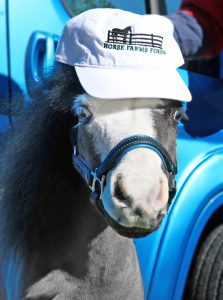
The vision of Horse Farms Forever® is to inspire conservation of horse farms through education, awareness and idea exchange so as to preserve the character and culture that horses and the Farmland Preservation Area make unique to Marion County. We are watchful of government and others to preserve and protect horse farms and farmland for future generations – especially in the Farmland Preservation Area. We are neither anti-growth nor anti-development; we encourage urban growth to remain inside the Urban Growth Boundary.
Horse Farms Forever® is a Florida not-for-profit corporation registered with the Florida Department of Agriculture and Consumer Services as a charitable organization and approved as a tax-exempt 501(c)(3) corporation by the Internal Revenue Service. Horse Farms Forever® does not have a political mission. Our status as a 501(c)(3) charitable organization does not allow us to participate or intervene in political activities. The organization will neither advocate on behalf of political candidates nor advocate for the passage of legislation.
